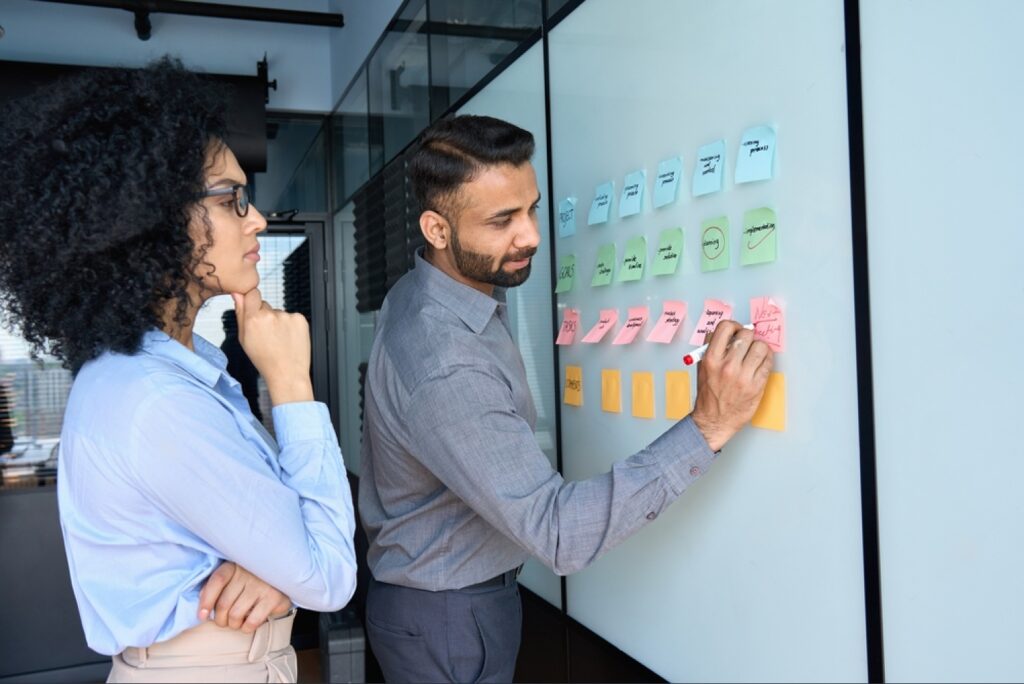Cultivating Excellence: Effective Teaching Strategies for Empowering Learning in the Classroom

Welcome to our blog on effective teaching strategies that empower learning in the classroom. As educators, we have the power to create an environment that fosters student engagement, growth, and success. In this blog, we will explore 10 proven strategies that can transform your teaching approach and empower your students to become active learners and critical thinkers.
The Power of Effective Teaching Strategies
Effective teaching strategies lay the foundation for empowering learning experiences. By employing these strategies, we can create an environment that promotes student motivation, deep understanding, and academic achievement. When students feel empowered in their learning journey, they become active participants in their education.
Student-Centered Learning
Student-centered learning puts the focus on the learner and their individual needs, interests, and abilities. It encourages collaboration, inquiry, and critical thinking. By implementing strategies such as collaborative learning, inquiry-based learning, and project-based learning, educators can empower students to take ownership of their learning and become actively engaged in the classroom.
Differentiated Instruction
Recognizing that students have diverse learning needs, differentiated instruction allows educators to tailor their teaching to accommodate various learning styles, abilities, and interests. By using strategies like tiered assignments and flexible grouping, teachers can create personalized learning experiences that empower students to reach their full potential.
Active Learning Techniques
Active learning techniques transform passive learners into active participants. By incorporating strategies such as classroom discussions, hands-on activities, and simulations, educators can engage students in meaningful and interactive learning experiences. Active learning fosters critical thinking, problem-solving, and collaboration, empowering students to apply knowledge in real-world contexts.
Technology Integration
In today’s digital age, integrating technology into teaching can greatly enhance the learning experience. Utilizing tools like interactive presentations, educational apps, and online resources, educators can create dynamic and interactive lessons that engage students on a deeper level. Technology integration not only empowers students with 21st-century skills but also provides access to a wealth of information and opportunities for self-directed learning.
Formative Assessment and Feedback
Formative assessment and timely feedback are essential components of effective teaching. By implementing strategies like quizzes, exit tickets, and student conferences, educators can gather valuable insights into student understanding and progress. Providing constructive feedback empowers students to reflect on their learning, make improvements, and take ownership of their academic growth.
Cultivating a Positive Classroom Climate
Creating a positive and inclusive classroom climate is crucial for empowering learning. By fostering a safe and welcoming environment, educators promote student engagement, creativity, and risk-taking. Strategies such as building positive relationships, promoting respect, and addressing diverse perspectives create an atmosphere where students feel valued, supported, and empowered to express their thoughts and ideas.
Building Relationships and Collaboration
Strong teacher-student relationships and peer collaboration contribute to an empowering learning environment. By actively listening, showing empathy, and providing mentorship, educators can establish trust and rapport with their students. Encouraging collaboration through group work and cooperative learning activities empowers students to learn from one another, develop social skills, and construct knowledge collectively.
Cultivating a Growth Mindset
A growth mindset is the belief that intelligence and abilities can be developed through effort, perseverance, and resilience. By promoting a growth mindset in the classroom, educators empower students to embrace challenges, view mistakes as opportunities for learning, and persist in the face of obstacles. Strategies such as emphasizing effort, providing praise for effort and growth, and teaching self-reflection foster a growth mindset culture that supports student empowerment and continuous improvement.
Takeaway
As educators, we have the privilege and responsibility to empower our students through effective teaching strategies. By implementing student-centered learning, differentiated instruction, active learning techniques, technology integration, formative assessment, fostering a positive classroom climate, building relationships, and cultivating a growth mindset, we can create an environment that nurtures and empowers students to reach their full potential. Let’s embrace these strategies and embark on a journey of empowering learning in our classrooms. Together, we can make a difference in the lives of our students and shape a brighter future.
